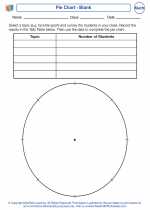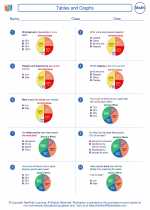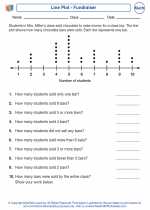Rainy
Rainy weather is when there is precipitation in the form of water droplets falling from the sky. This can happen in the form of light drizzles, heavy downpours, or anything in between. Rain is an important part of the water cycle and is crucial for the growth of plants and the replenishment of water sources such as rivers, lakes, and reservoirs.
Study Guide
- What Causes Rain?
Rain is formed when water vapor in the air condenses into water droplets and falls to the ground. This can happen due to various factors such as warm air rising, cooling, and then releasing the condensed water as rain. - Types of Rain
There are different types of rain, including drizzle (light, fine rain), showers (short bursts of rain), and heavy rain (intense and prolonged rainfall). - Impact of Rain
Rainfall is essential for agriculture and the environment, as it provides water for crops and helps maintain the water levels in rivers and lakes. However, heavy rainfall can also lead to flooding and other hazards. - Measuring Rainfall
Rainfall is measured using instruments such as rain gauges, which collect and measure the amount of rainfall in a specific area over a period of time. - Fun Facts
- The smell of rain is called "petrichor."
- The world's rainiest place is Mawsynram, India, with an average annual rainfall of about 467 inches (11,871 mm).
Understanding the concept of rainy weather is important for understanding the natural processes that occur in the atmosphere and the impact of weather on the environment and human activities.
.◂Math Worksheets and Study Guides Fourth Grade. Tables and Graphs
Study Guide Tables and Graphs
Tables and Graphs  Activity Lesson
Activity Lesson Pie Chart - Blank
Pie Chart - Blank  Activity Lesson
Activity Lesson Classroom Chaos
Classroom Chaos  Activity Lesson
Activity Lesson Mary`s Many Movements
Mary`s Many Movements  Worksheet/Answer key
Worksheet/Answer key Tables and Graphs
Tables and Graphs  Worksheet/Answer key
Worksheet/Answer key Tables and Graphs
Tables and Graphs  Worksheet/Answer key
Worksheet/Answer key Tables and Graphs
Tables and Graphs  Worksheet/Answer key
Worksheet/Answer key Tables and Graphs
Tables and Graphs  Worksheet/Answer key
Worksheet/Answer key Tables and Graphs
Tables and Graphs  Worksheet/Answer key
Worksheet/Answer key Tables and Graphs
Tables and Graphs  Worksheet/Answer key
Worksheet/Answer key Student Pictograph
Student Pictograph  Worksheet/Answer key
Worksheet/Answer key Line Plot - Fundraiser
Line Plot - Fundraiser  Worksheet/Answer key
Worksheet/Answer key Pie Chart - After-School Activities
Pie Chart - After-School Activities 

 Activity Lesson
Activity Lesson
 Activity Lesson
Activity Lesson
 Activity Lesson
Activity Lesson
 Worksheet/Answer key
Worksheet/Answer key
 Worksheet/Answer key
Worksheet/Answer key
 Worksheet/Answer key
Worksheet/Answer key
 Worksheet/Answer key
Worksheet/Answer key
 Worksheet/Answer key
Worksheet/Answer key
 Worksheet/Answer key
Worksheet/Answer key
 Worksheet/Answer key
Worksheet/Answer key
 Worksheet/Answer key
Worksheet/Answer key
 Worksheet/Answer key
Worksheet/Answer key

The resources above cover the following skills:
DATA ANALYSIS
Interpret data displayed in a circle graph.